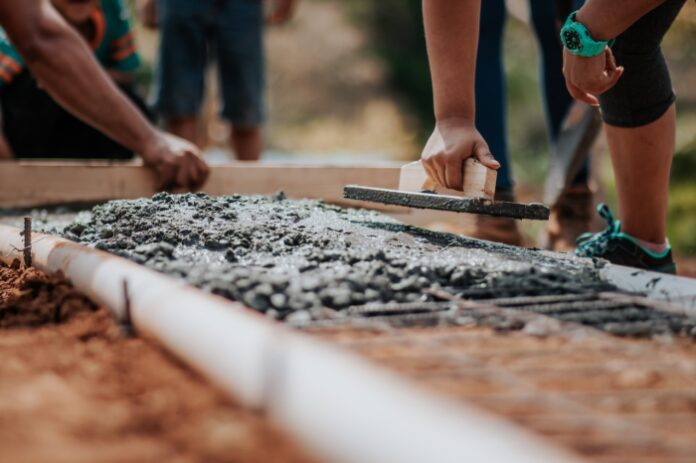Concrete is a crucial material in the construction industry, used for everything from building foundations and roads to bridges and dams. It is a composite material made of cement, water, aggregates (such as sand and gravel), and various additives that give it specific properties. Over the years, concrete technology has advanced, leading to the development of different types of concrete that are optimized for various applications.
Normal Concrete
Normal concrete, also known as traditional concrete, is the most common type of concrete used in construction. It is a versatile material with a compressive strength of 20-40 MPa, which means it can bear heavy loads. Normal concrete is suitable for a wide range of applications, including building foundations, walls, and columns, as well as pavements and sidewalks.
High-Strength Concrete
High-strength concrete (HSC) is a type of concrete that has a compressive strength greater than 40 MPa. HSC is made by using a lower water-to-cement ratio than normal concrete, which results in a denser material. HSC is used in applications where a higher load-bearing capacity is required, such as tall buildings, bridges, and industrial structures.
Self-Compacting Concrete
Self-compacting concrete (SCC) is a type of concrete that can flow into tight spaces and corners without the need for vibration. SCC is made by using a high proportion of fine aggregates and superplasticizers, which reduces the need for mechanical compaction.
Lightweight Concrete
Lightweight concrete is a type of concrete that has a lower density than normal concrete. It is made by replacing the heavier aggregates (such as gravel) with lightweight materials, such as pumice, perlite, or polystyrene beads. Lightweight concrete is used in applications where weight is a concern, such as in precast elements, roofing.
Fiber-Reinforced Concrete
Fiber-reinforced concrete (FRC) is a type of concrete that contains fibers (such as steel, glass, or synthetic fibers) to improve its mechanical properties. The fibers are added to the concrete mix to enhance its tensile strength, toughness, and resistance to cracking. Due to its excellent ductility, it is used in underground tunnels.
Ready-Mix Concrete
RMC is made by mixing the cement, water, aggregates, and additives in a controlled environment, ensuring consistent quality and performance. RMC is used in applications where speed, convenience, and consistency are critical, such as in large-scale construction projects.
Stamped Concrete
Stamped concrete is a type of concrete that is patterned or textured to resemble other materials, such as stone, brick, or tile. Stamped concrete is made by pouring a special mixture of concrete, color pigments, and release agents onto a surface and then impressing a stamp into it to create the desired pattern or texture. Hence, stamped concrete is a popular choice for outdoor applications, such as patios, driveways, and pool decks.
Colored Concrete
Colored concrete is a type of concrete that has a pigment added to it to give it a specific color. The pigments used can be natural or synthetic, and can be added to the concrete mix or applied to the surface as a coating.
Conclusion
In conclusion, concrete is an essential building material that has been used for thousands of years. The development of different types of concrete has allowed for greater versatility and optimized performance in various applications. From traditional normal concrete to high-strength concrete, self-compacting concrete, lightweight concrete, fiber-reinforced concrete, ready-mix concrete, and colored concrete, there is a type of concrete for every construction need.
Find a Home-Based Business to Start-Up >>> Hundreds of Business Listings.

















































